10 Fastest Healing Piercings + Aftercare Tips
These different chic piercings can give you the quick transformation you need.

Image: Shutterstock
If you want to get that stylish piercing for that special party or wedding that’s just around the corner but are concerned about the time a piercing takes to heal, well, there are solutions. Certain piercings heal faster than others, and we discuss those in this article. However, do remember that a piercing requires time to heal and you cannot shortcut the process. So, whether you are an enthusiast looking for something new to add to your extensive piercing collection or a newbie stepping into this world for the first time, the right information is key. Continue reading to learn about the 10 fastest healing piercings and how to take care of them.
In This Article
Average Piercing Healing Times
A healed piercing signifies that the skin surrounding the piercing site has completely closed, leaving no open areas vulnerable to irritation or infection, and is more resilient to pressure and friction. The healing time can vary from person to person and depends on factors such as location, weather, and your body’s own healing abilities. Plus, how well you follow your piercer’s aftercare instructions can impact the process too. Since most piercings take between a few weeks to a few months to fully heal, it is important to be patient and take care of your piercing properly.
Knowing the average healing time of the piercings can help decide you finalize the type of piercing you want. Check out the next section for the fastest healing piercings.
Key Takeaways
- A fully healed piercing is characterized by closed skin around the site and is more resistant to pressure and friction.
- The average healing time may vary depending on factors such as piercing location, individual healing abilities, and aftercare.
- Earlobe, eyebrows, tongue, and lip piercings heal faster than others.
- Proper aftercare is essential for promoting speedy healing and preventing complications.
10 Fastest Healing Piercings
The complexity and location of the piercing play a key role in determining the speed and quality of your healing process. Here are the top 10 fastest healing piercings with their location and average healing time for your reference:
1. Earlobe Piercing

- Location: This is one of the most common and popular piercings that is located on the fleshy lobe of the lower part of the ear.
- Healing Period: 6-8 weeks (1)
2. Daith Piercing
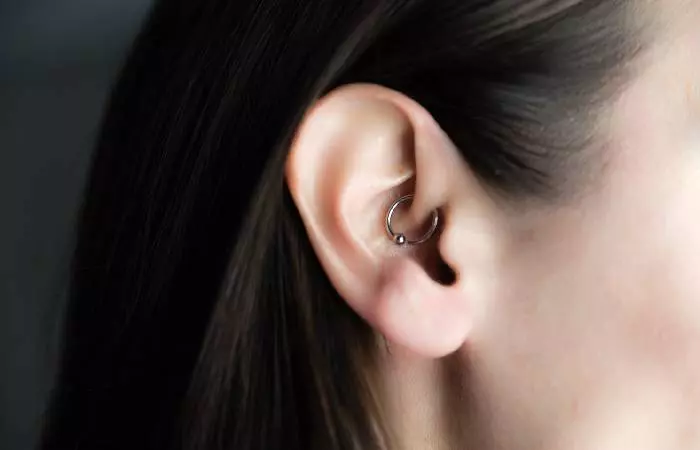
- Location: This piercing involves piercing an earring through the inner curved fold of the ear, near the entrance of the ear canal.
- Healing Period: 3-6 months
 Trivia
Trivia3. Forward Helix Piercing
View this post on Instagram
- Location: This involves piercing the outer upper cartilage near the front of the ear. It is positioned directly opposite to the traditional helix piercing and above the tragus.
- Healing Period: 4-6 months
4. Flat Helix Piercing
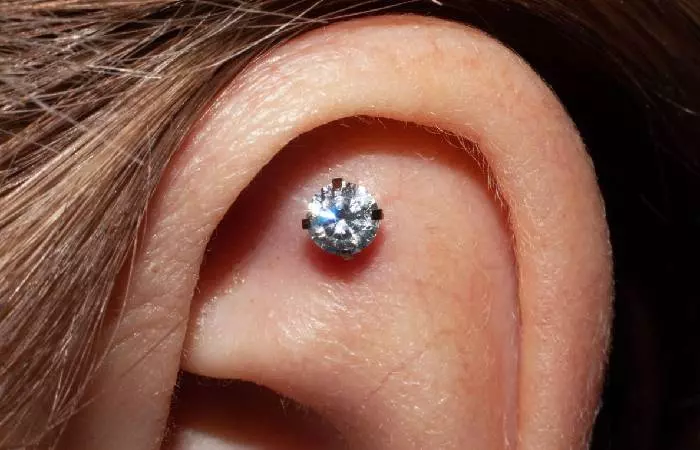
- Location: This ear piercing is situated on the flat area of the upper ear cartilage. It is above the traditional helix piercing but below the forward helix piercing.
- Healing Period: 4-6 months
5. Conch Piercing
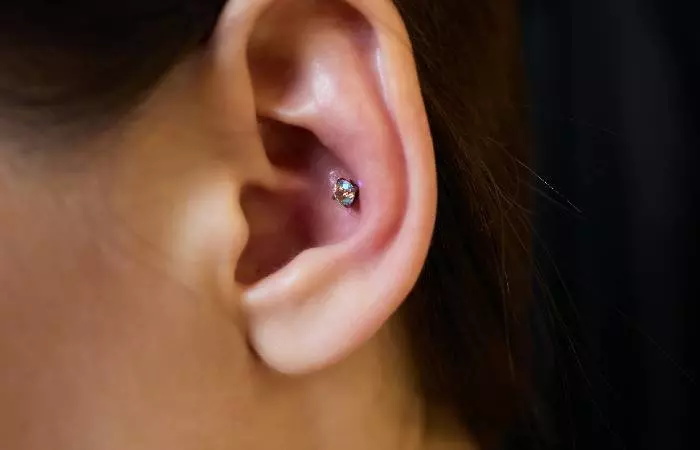
- Location: It involves piercing the shell-like area in the center of the inner ear cartilage.
- Healing Period: 6 months
6. Eyebrow Piercing
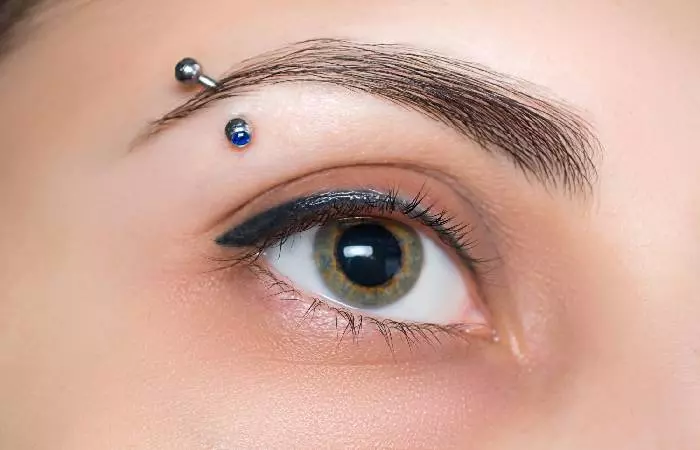
- Location: It involves an eyebrow piercing done horizontally, vertically, or diagonally. It usually heals quickly because it requires puncturing less skin.
- Healing Period: 2-3 months
7. Septum Piercing

- Location: It involves piercing the thin strip of tissue between the nostrils.
- Healing Period: 2-4 months
Eling, a lifestyle blogger, shared her experience of getting a septum piercing and its healing process in her blog post. She writes, “My septum piercing didn’t swell much. Pretty much after a week or so, I felt no pain and apparently, septum piercings take like months to recover (i).”
8. Nostril Piercing
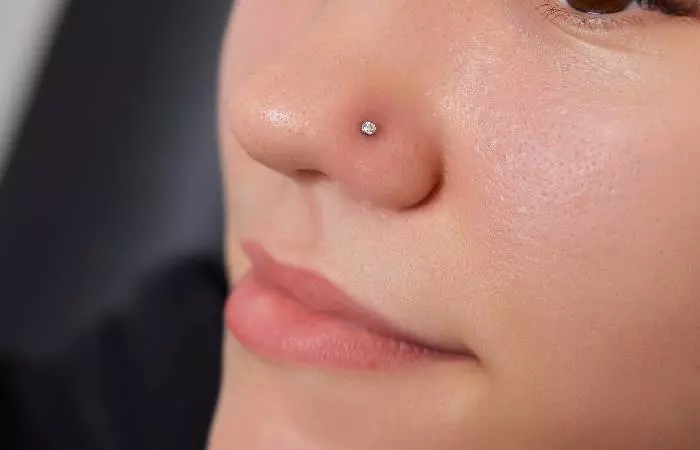
- Location: It requires piercing the skin and cartilage of the nostril.
- Healing Period: Up to 6 months (1)
9. Tongue Piercing
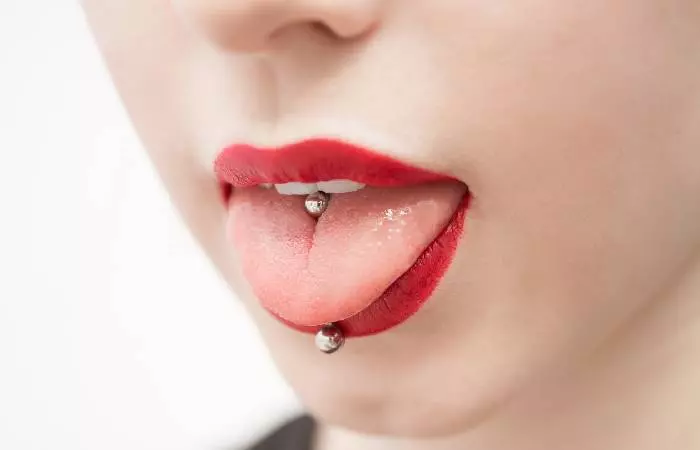
- Location: It involves piercing horizontally or vertically through the tongue tissue.
- Healing Period: 2-4 weeks (1)
Eling also shares her tongue piercing and its process of healing in her blog post. She writes, “Two weeks or more. I remembered that the first week was intolerable because I couldn’t speak clearly, eat or brush properly. It’s a pretty annoying piercing to take care of”.
 Trivia
Trivia10.Lip Piercing
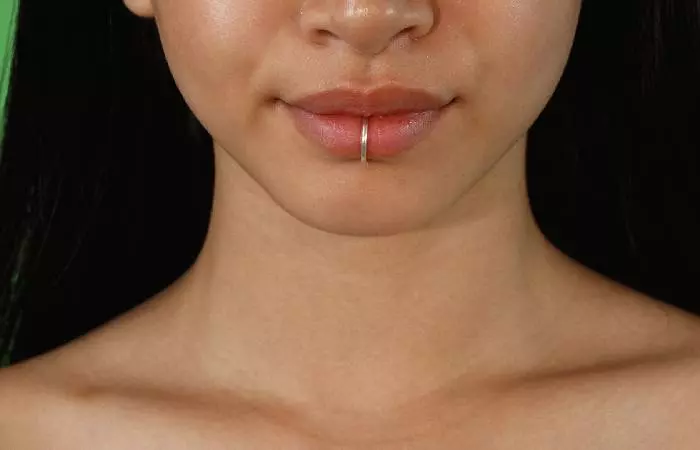
- Location: It involves piercing either the upper or lower lip. They come in various styles such as labret piercings (on the lower lip) and Monroe piercings (off-center on the upper lip).
- Healing Period: 3 months
The healing period mentioned for the piercings are an average time frame as individual healing time can vary. However, one of the most significant factors that influence healing is following proper piercing aftercare. Taking care of the piercing correctly can ensure a smooth and speedy healing process.
While the average healing time can provide guidance, each person’s healing journey is unique, emphasizing the importance of diligent aftercare for optimal results. Keep reading to know more.
Aftercare Tips
Taking good care of your piercing is crucial to reduce the risk of complications and help it last a long time. Some tips include (2):
- Thoroughly wash your hands before touching your piercing.
- Rinse your piercing with warm water and sterile saline solution twice a day.
- Avoid rotating your jewelry while it heals to avoid irritating it.
- Change your bedding and sheets regularly.
- Wear clean, breathable clothing to avoid snagging your piercing while sleeping.
- Refrain from using antibacterial soaps, alcohol, iodine, hydrogen peroxide, or harsh products for cleaning as it can delay the healing process.
- Avoid ointments as they hinder air circulation.
- Avoid contact with others’ bodily fluids near the piercing during healing.
- Minimize stress and recreational drug use, including excessive nicotine, caffeine, and alcohol consumption.
- Avoid using bodies of water like lakes, pools, or hot tubs during the healing process to avoid contamination.
- Do not apply beauty or personal care products on or around the piercing.
- Avoid sleeping directly on a healing cartilage piercing to prevent irritation or changes in the piercing’s angle.
- Invest in high-quality jewelry materials like titanium, solid gold, and surgical-grade stainless steel. These don’t cause allergic reactions as commonly as other materials, like nickel, do.
Here are a few additional tips for oral piercing you should follow (3):
- Gently brush the jewelry with a clean toothbrush regularly to prevent plaque buildup.
- Take your time while eating to avoid irritation or prolonged healing.
- Avoid spicy, salty, acidic, or hot foods and beverages for the first two weeks.
- Consume cold foods and beverages to help reduce swelling.
- Avoid opening your mouth too wide, especially for tongue or cheek piercings as this can cause the jewelry to catch on your teeth.
Learning and understanding the average healing duration for some of the fastest healing piercings can help provide valuable guidance to individuals embarking on their piercing journey. However, it is important to recognize that individual healing experiences may differ due to factors such as piercing placement, blood supply, physical contact, etc. That is why following proper aftercare practices can help promote a smoother and speedier healing process for ear lobe, nostril, tongue, lip, and conch piercings. Consult your piercer and understand the process and healing time for different types of piercings before finalizing your decision.
Frequently Asked Questions
Are there certain types of jewelry that promote faster healing?
While there is no definitive evidence suggesting that specific types of jewelry inherently promote faster healing, high-quality and hypoallergenic jewelry materials such as surgical-grade stainless steel, titanium, gold, or niobium can reduce the risk of irritation or allergic reactions (4).
Is it normal for a piercing to be red and swollen during the healing period?
Yes, it is normal for a piercing to appear red and swollen during the initial stages of the healing period. However, if the redness and swelling persist along with other symptoms such as pus discharge or fever, seek medical attention immediately (5).
Can I speed up the healing process with home remedies?
Research suggests that the anti-inflammatory, anti-bacterial, and wound-healing properties of aloe vera may speed up the healing process. However, more research is needed specifically with respect to piercings (6). Practice tried-and-tested aftercare practices like saline soaks, gentle cleaning, and proper hygiene to support the body’s natural healing process (2).
Can I swim during the healing period?
It is generally recommended to avoid swimming or submerging in bodies of water such as pools, lakes, or hot tubs to prevent the risk of infection and irritate the healing tissue (1), (2). Seek a professional piercer’s advice before swimming during the healing period.
Proper aftercare practices can accelerate the healing process by minimizing the risk of infections and complications. Watch this video below to learn how to take extra care of your piercing safely and effectively.
Personal Experience: Source
StyleCraze's articles are interwoven with authentic personal narratives that provide depth and resonance to our content. Below are the sources of the personal accounts referenced in this article.
(i) My piercings
https://mischievousmagician.blogspot.com/2015/01/my-piercings.html
References
Articles on StyleCraze are backed by verified information from peer-reviewed and academic research papers, reputed organizations, research institutions, and medical associations to ensure accuracy and relevance. Read our editorial policy to learn more.
- Can I go swimming after a piercing?
https://www.nhs.uk/common-health-questions/lifestyle/can-i-go-swimming-after-a-piercing/ - Suggested aftercare for body piercings
https://safepiercing.org/aftercare/ - Suggested aftercare for oral piercings
https://safepiercing.org/oral-aftercare/ - Jewelry for initial piercings
https://safepiercing.org/jewelry-for-initial-piercings/ - CARING FOR NEW PIERCINGS
https://www.aad.org/public/everyday-care/skin-care-basics/tattoos/caring-for-pierced-ears - The Effect of Aloe Vera Clinical Trials on Prevention and Healing of Skin Wound: A Systematic Review
https://www.ncbi.nlm.nih.gov/pmc/articles/PMC6330525/
Read full bio of Eve Phillips
Read full bio of Shreya Mukherjee
Read full bio of Eshna Das
Read full bio of Aparna Harry






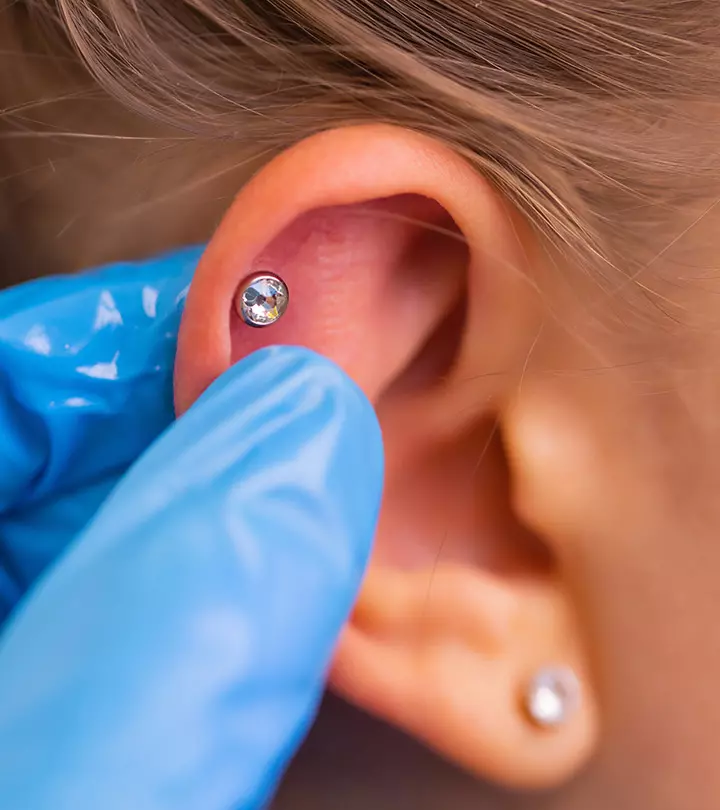
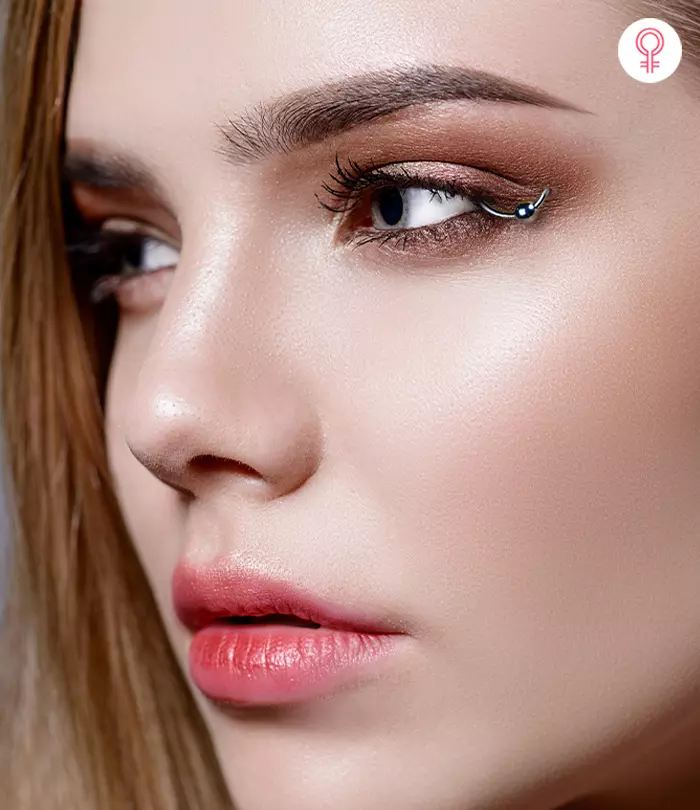

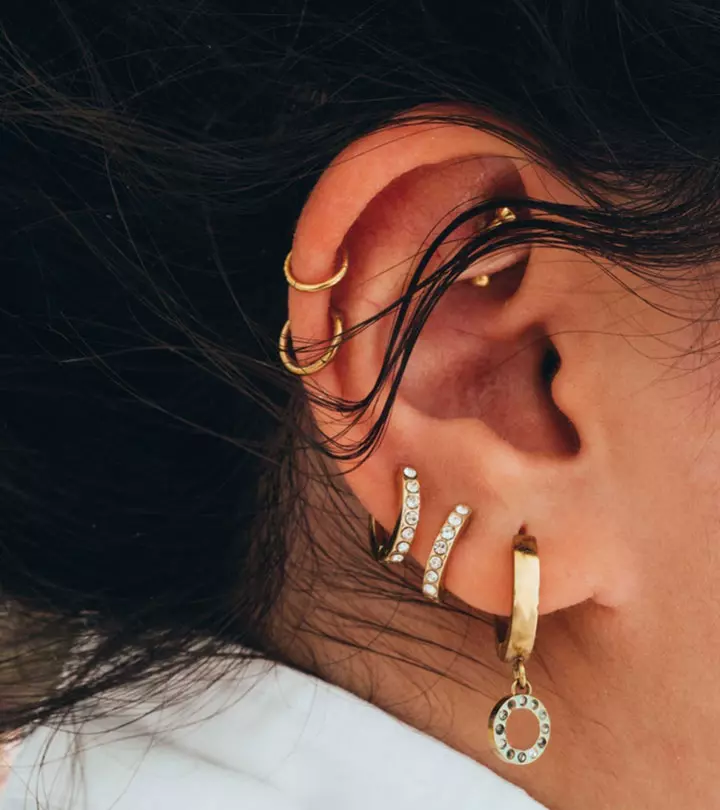
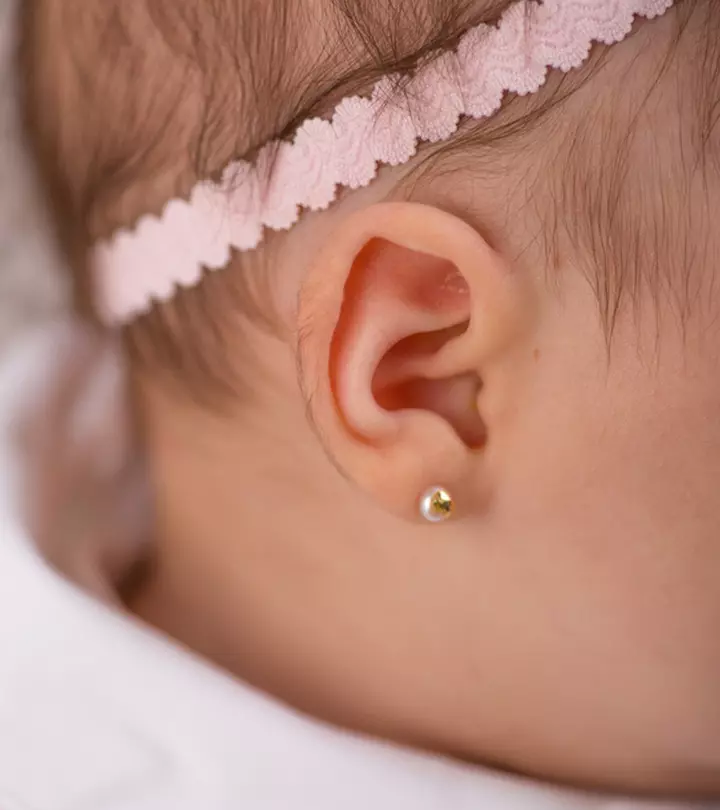
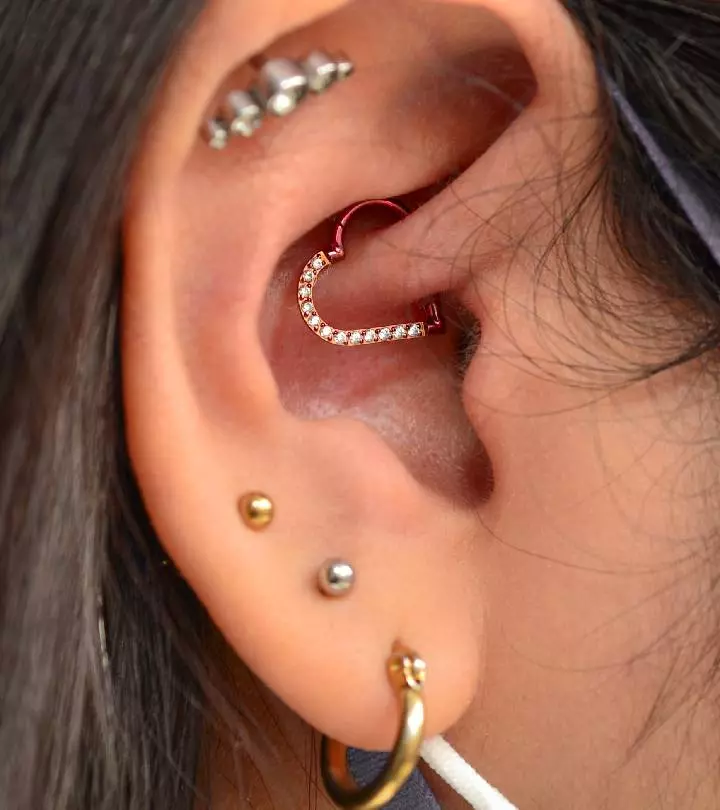

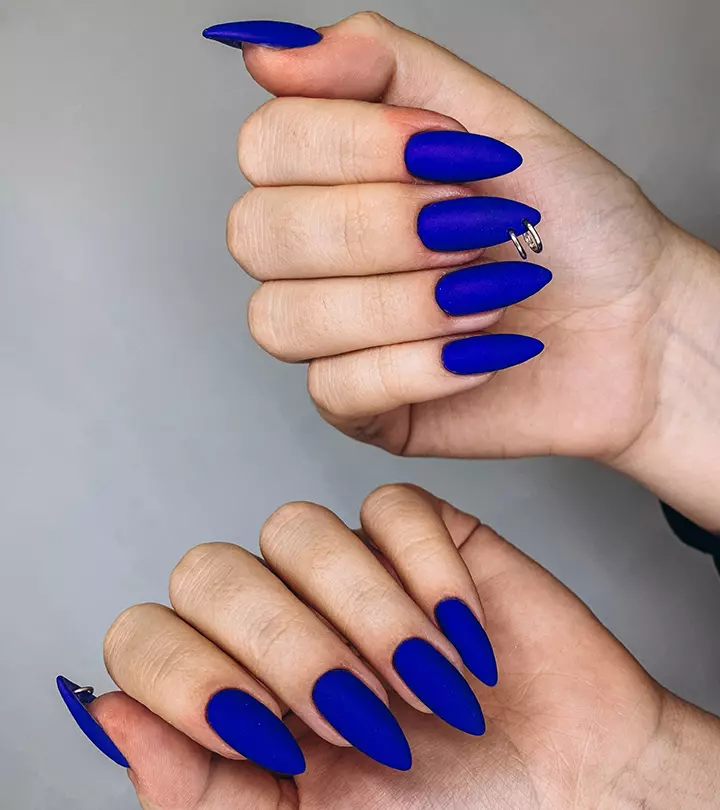


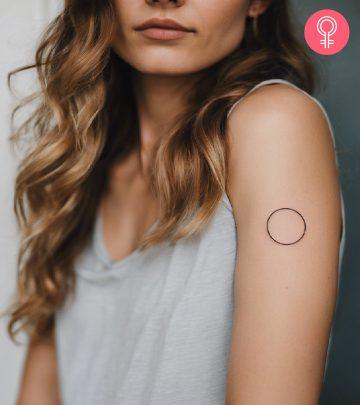
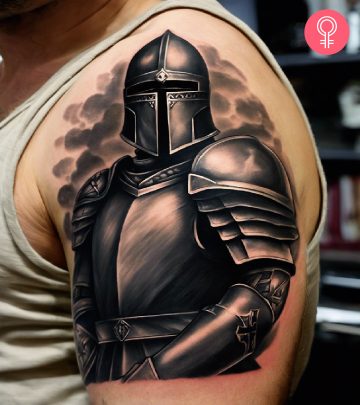
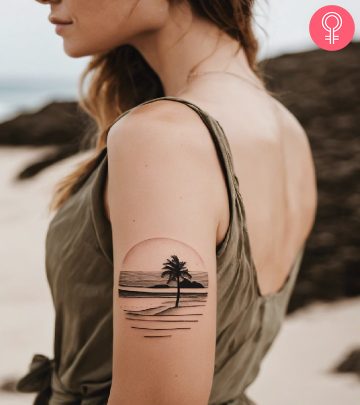
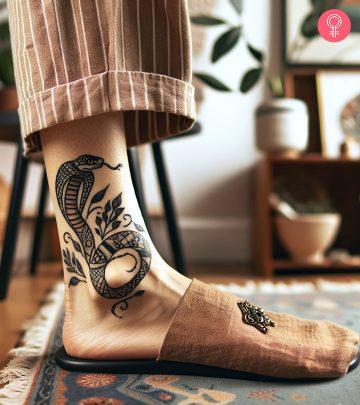
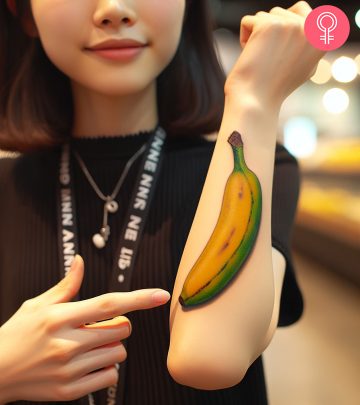
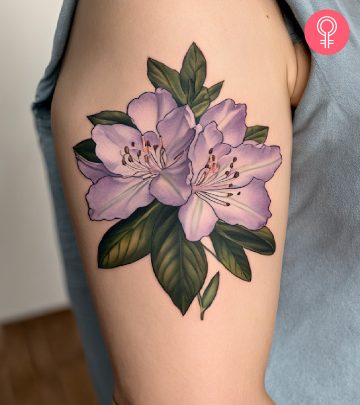


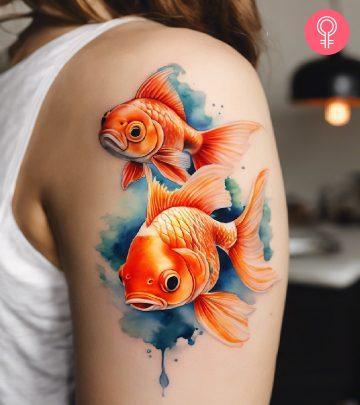
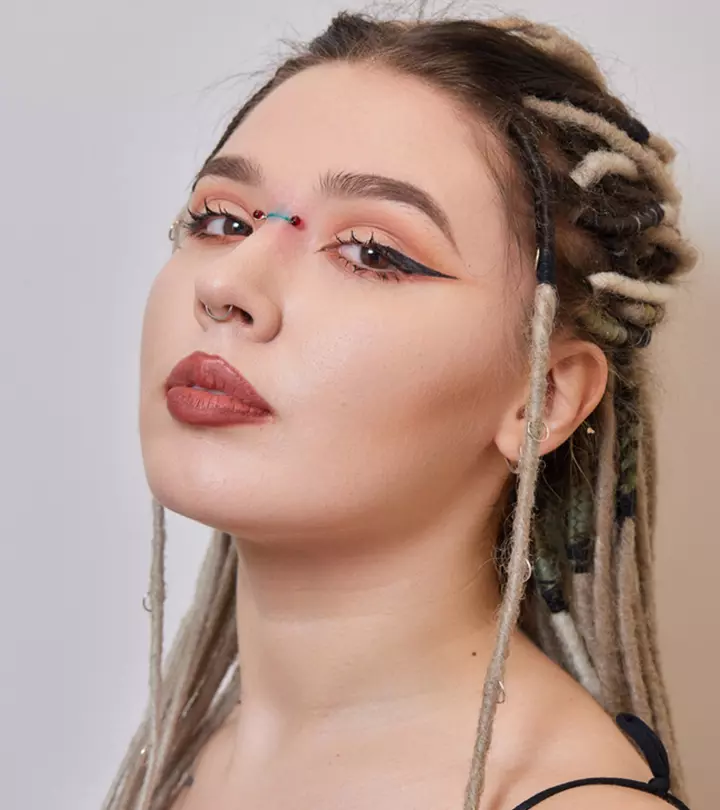
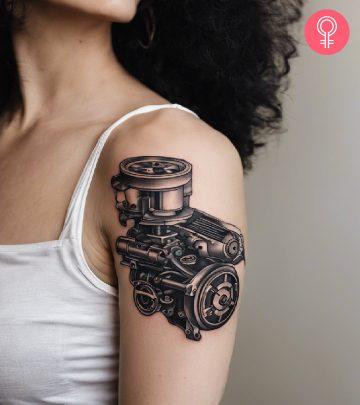
Community Experiences
Join the conversation and become a part of our empowering community! Share your stories, experiences, and insights to connect with other beauty, lifestyle, and health enthusiasts.